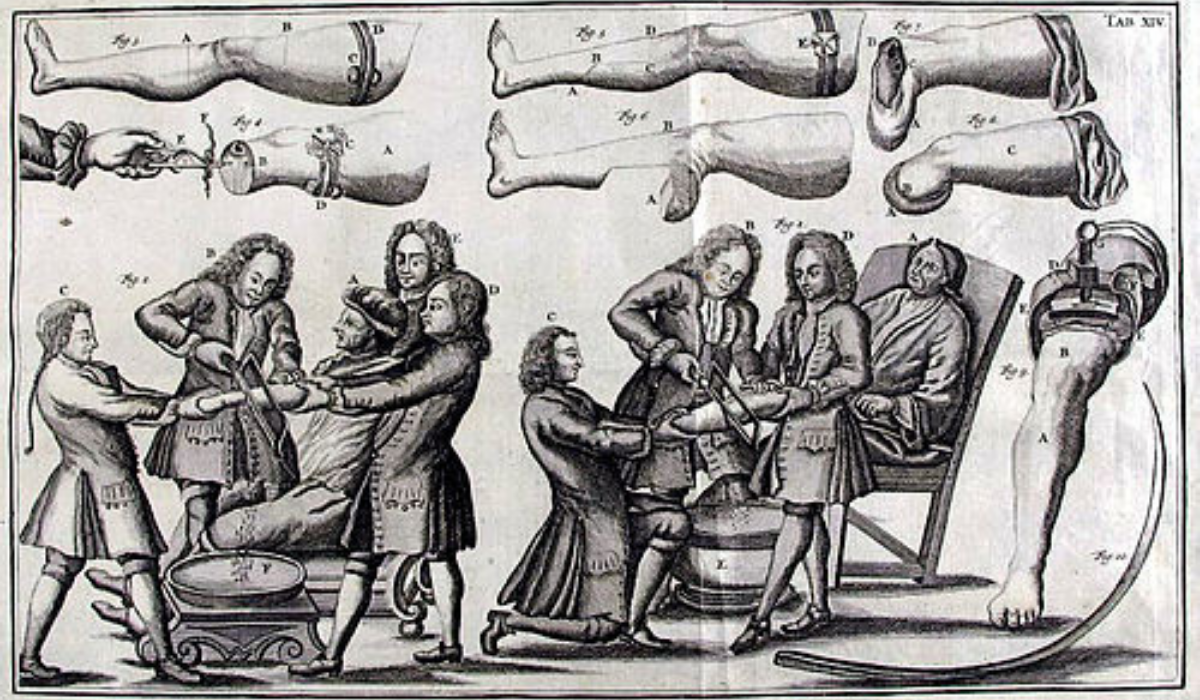Today marks the six-year anniversary of when Emily left our current shared existence. It has been my tradition these last six years, on days like today and other significant milestones, to reflect, to remember, or to celebrate. Today, I do all three.
This morning I was reading the post I made the day after:
“With the same peace and grace Emily exhibited in life, my beautiful wife and best friend left this world yesterday. Circled by friends and family whispering her much-deserved praise, she made her exit. We held her hands, we rubbed her feet, we kissed her forehead and we said goodbye to the best person we will ever know.”
I read those words this morning and even now—6 years … 72 months … 2,190 days … 52,560 hours—I can still feel that pain. That’s not to say that I haven’t healed. I most certainly have, and more so than at any point in the last 3,153,600 minutes, I feel myself moving forward and living. And that brings me joy because I know, in every cell of my being, that it is what Emily would want.
Decades ago, I remember learning about Phantom Limb Syndrome (PLS). The short of it is this: after someone has a limb amputated, they will randomly feel as if the missing appendage is still there. Sometimes it will be a feeling of numbness, a little tickle, or blinding pain. Essentially, the brain just cannot comprehend that something so vital, so much a part of it, is no longer there. Shockingly, this syndrome occurs in almost all amputees, is lifelong, and though some progress has been made, there are no truly effective treatments.
I say “some progress” because in looking at historic methodologies for treating PLS, anything we are currently doing is much better than previous methods. One particularly heinous treatment involved essentially using medical-grade sandpaper where the amputation occurred. The theory being that through periodic abrasion the mind and nerves will begin to understand that the limb is no longer there.
On the other end of the spectrum, a more recent method that has shown some promise is mirror therapy. A patient is strategically placed in front of an angled mirror so that the remaining limb is reflected back, making the mind believe that the missing limb is now there. The patient then does a series of exercises, watching the remaining limb move, reflected in reverse where the other is missing. This somehow assuages the mind—a neural sigh of relief. “It was all just a bad dream.”
For six years now, I have been living life with a part of me missing. And, in every experience, with every step, who I am and how I live is forever changed by this amputation. Sometimes predictably and sometimes without warning, I have these phantom limb experiences. Numbness. Blinding pain. There is no effective treatment. Leaning into the pain, like tearing at a wound with sandpaper, doesn’t work. Pretending it isn’t real and trying to trick my mind doesn’t work. There is no effective treatment.
What has been effective? Acceptance. This is just reality. It isn’t fair. It can’t be undone. I can’t trick my mind, or hold a mirror up to my heart. I simply have to accept this, and learn to walk again.
It’s easier said than done, but once you get to that place, you find that you will walk again. You stumble. There is pain. But, eventually, you find your balance and learn a new gate. You pick up speed—1 step … 10 feet … 100 yards … 1 mile … 6 years. You walk on. I miss my friend with every step, but I walk with purpose. For her. And for me.

I thought of her today, not even realizing what day it was. I was thinking about the day she went bowling and to DQ with me and my son Nabeel. She was intrigued by autism and wanted to meet him. I was honored by her interest and effort that few others ever made. And I think of you often, Bret. Hope you are doing well.
Thank you for your words, Bret. They help me work towards acceptance with my own grief.